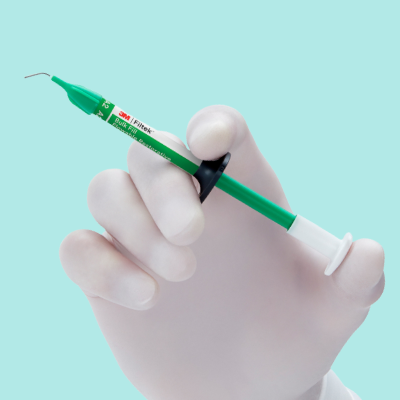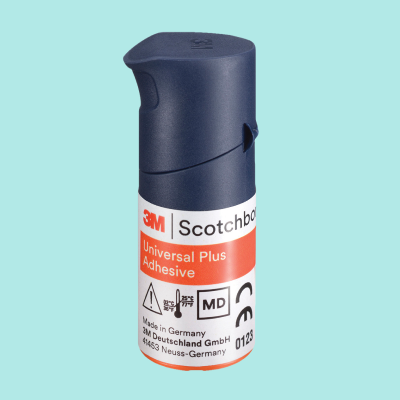What is Dental Etch?
Applying the right type of dental etching gel is crucial to creating a firm bond between restorative material and tooth structure, and ultimately a longer lasting restoration. For best results, it is important that you consider what characteristics work best for different acid etching techniques and patient needs. The choice of what dental acid etching product to purchase or reach for during treatment should be made with the following information in mind.
The job of a dental etching gel, more commonly known as “etch,” is to create a rough surface on the tooth by dissolving some of the minerals of the enamel and/or dentine. This enables the dentine and enamel surfaces to better absorb the dental material and create a secure adhesion. The acid itself is usually 30 to 40 percent phosphoric acid and coloured brightly to make it more visible. Etching gels work very quickly. In an etch and rinse technique, enamel and dentine are typically etched for 15 seconds and rinsed for 15 seconds to remove the residue of phosphoric acid.
Dental Etching Techniques
Dental etching can be applied in one of three ways, these are:
- Total etching: Involves applying the etch gel to both enamel and dentine surfaces. Total etching is usually preferred when a large amount of bonding agent is expected to be required. Indicated for indirect restorations and when the tooth preparation is not near the dental pulp and patient sensitivity is not a concern.
- Selective etching: Involves placing the etching gel on the enamel only, not the dentine. Recommended for indirect restorations and patients who are more likely to suffer sensitivity in the deeper areas of the tooth.
- Self etch: The etch and bonding agent is combined and layered in a single step. Promoted as a time-saving alternative to etch-and-rinse bonding systems. Recommended for direct composite restorations, especially when predominantly supported by dentine.

Dental Etch Characteristics To Consider
- Ease of control - Etching gel should be of a viscosity that allows precise application and stays where it's supposed to until rinsed
- Easy to rinse - The gel should also be able to be rinsed off quickly and completely without leaving residue behind
- Comfortable handling - Most etch gels come in syringes with very thin tips for superior handling and exact placement on the tooth surfaces
- Coloured gel - Etching gels come in a variety of bright colours, with blue most common. This is to make the gel easily distinguishable from the tooth
- Type of acid - Phosphoric acid is typically used for enamel and dentine etching and hydrofluoric acid for porcelain etching
- Presentation - Etching acids come in either a syringe or bottle. Syringes are available in sizes ranging from 1.2 ml to 50 ml, bottles in sizes 5 ml to 15 ml
- Concentration: Phosphoric acid concentration is usually between 30% and 40%, with 37% most common. Hydrofluoric acid is typically 5% or 10%
Cybertech Porcelain Fix: Etch & Silane
Cybertech Porcelain Fix is a complete kit of silane and etch for preparing porcelain veneers, inlays and fractured porcelain teeth for bonding. The etch is a specially buffered, viscous, hydrofluoric acid that will etch porcelains of all types to produce a microscopic porous surface.
- Provides a strong mechanical interlock with composite resin materials
- Easy to control and to apply
- Silane enhances bonding and durability when applied to etched porcelain
- Includes Etch Gel Syringe 1.2ml, Silane 2ml, Empty Syringe plus etch Tips x 4
DEHP Single Bond Self Etch 7th Generation
Single-component light-cured, self-etching adhesive for restoration techniques. DEHP Single Bond Self Etch contains MDP monomer (10-methacryloyloxydecyl dihydrogen phosphate) which has greater adhesion to the tooth substance, as well as an affinity for metals.
- Etches and primes with just one application
- Excellent adhesion to dentine and enamel
- No post-conditioning rinsing
- Consistent and stable composition














